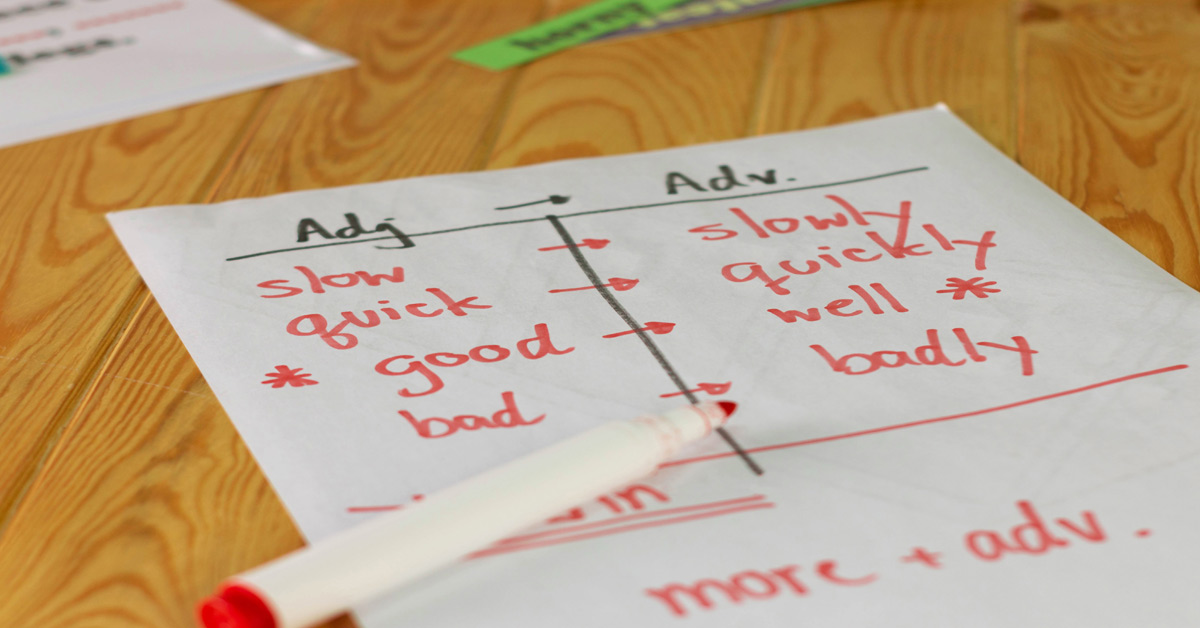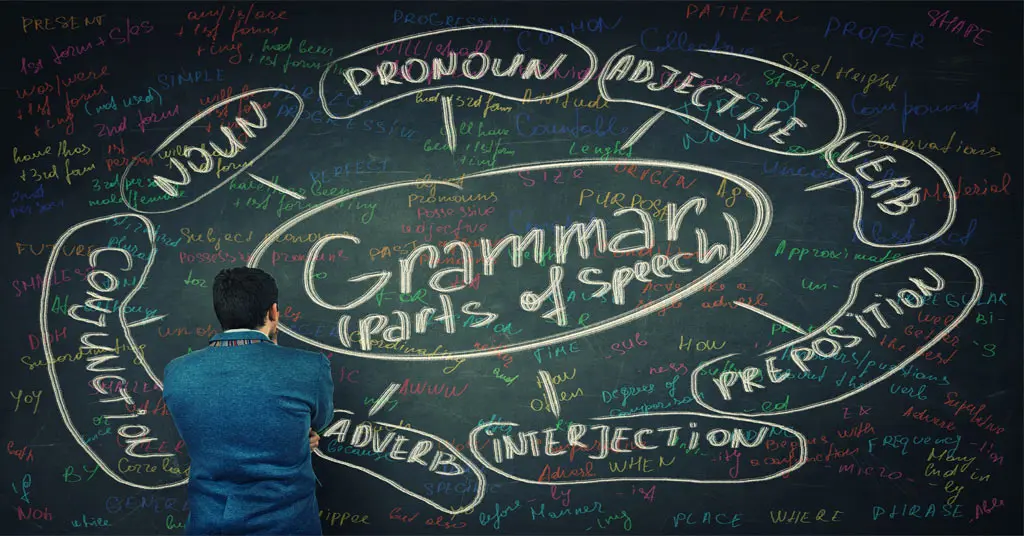Learning about transition questions is particularly important for scoring well on the Writing section of the SAT® test because it is the most common question type.
There Are Two Types of Transition Questions
The first type will ask you to select a transitional word to complete a sentence. The second type will ask you to interlink two paragraphs, sentences, or ideas by choosing the appropriate transition sentence or phrase.
Here are some tips for transition word questions:
There are a few variations of transition word questions.
- Some will ask you to add a transition word to a sentence that introduces additional information.
Example: Julie loves to bake cookies. In fact, she loves to bake all desserts. - Others will ask you to insert a transition word that sets up a contrasting idea.
Example: Sarah spent hours fishing. However, she did not catch a single fish. - The last variation will ask you to choose a transition word that indicates a causation.
Example: Marie dedicated many hours studying for the exam. Consequently, she received the grade that she hoped to receive.
Here are some strategies for success with these questions:
1. Understand the context of the sentence in question.
The best way to get the full context is by carefully reading each part of the question. Reading only part of the sentence in question can cause you to misunderstand whether the transition word should indicate causation, contrasting ideas or events, or additional information.
2. Look at the sentence without the underlined word.
The next step should be to read the sentence without its underlined transition word. This allows you to look at the sentences without the bias or influence of their given transition word. This tactic makes the type of transitional word more apparent.
3. Think independently.
It is a good idea to figure out which word you would use before looking at the answer choices. Thinking independently from the suggested answer choices helps prevent you from being swayed into the wrong type of transition word.
4. Eliminate choices.
Once you have come to a conclusion about the type of transition word that is necessary (given the context of the sentences and your independent reasoning for the type of transition word that is necessary), you can eliminate the choices that do not fall into the kind of transition word you are looking for. For example, if you decide that a contrast word is necessary, then you can eliminate options like “consequently,” “similarly,” “also,” or “finally.”
5. Check your work.
Once you have selected the word that matches the most logical type of transition, plug it into the text to check your work. If you successfully and logically connected the two ideas, events, or opinions, then your work for that question is done!
Here are some tips for transition sentence questions:
The main focus of these questions is to create logical transitions between sentences.
These are the basic variations for transition sentence questions:
- Select a sentence or phrase that would most logically follow a given sentence.
- Select a sentence or phrase that would most logically introduce a given sentence.
- Select a sentence or phrase that would most effectively prepare the reader for the information that comes immediately after.
- Select a sentence or phrase that would most effectively prepare the reader for information at the end of the sentence.
Here are some strategies for success with these questions.
1. Read the question carefully.
Transition questions can be very specific in what they are asking you to accomplish for the sentence. Be sure that you understand whether you are selecting a phrase that sets up information that immediately follows, or information that follows in the following sentence. These details can make or break your success with transition questions.
2. Don’t ignore the types of transitions.
Even when a question does not directly confront transition words (that produce transitions for additions, contrasts, and causations), it is helpful to pay attention to the type of transitions the sentence creates or affects.
3. Get context.
When choosing appropriate transitions for ideas, information, and opinions, you need to understand the surrounding context. This can be a crucial step for choosing the sentence or phrase that is the most logical. Note that you may run into a question where more than one answer choice can produce a transition between information, but only one is logical to the surrounding context.
4. Eliminate choices.
This will be an important step to weed out answer choices that fail to logically set up information.
5. Check your work.
Check to see how your transition works in the paragraph by plugging it into the text. You should read the sentences before and after to be sure that the transition is logical.
You can practice these strategies and tips for transition questions in the Writing test by using UWorld’s SAT Prep course. Our practice exams, detailed question explanations, and performance tracking tools can provide you with experience for test day. You can also find out more about your weak areas through these resources. Try them out to practice transition questions, the most common type of question on the Writing section, and boost your scores!




